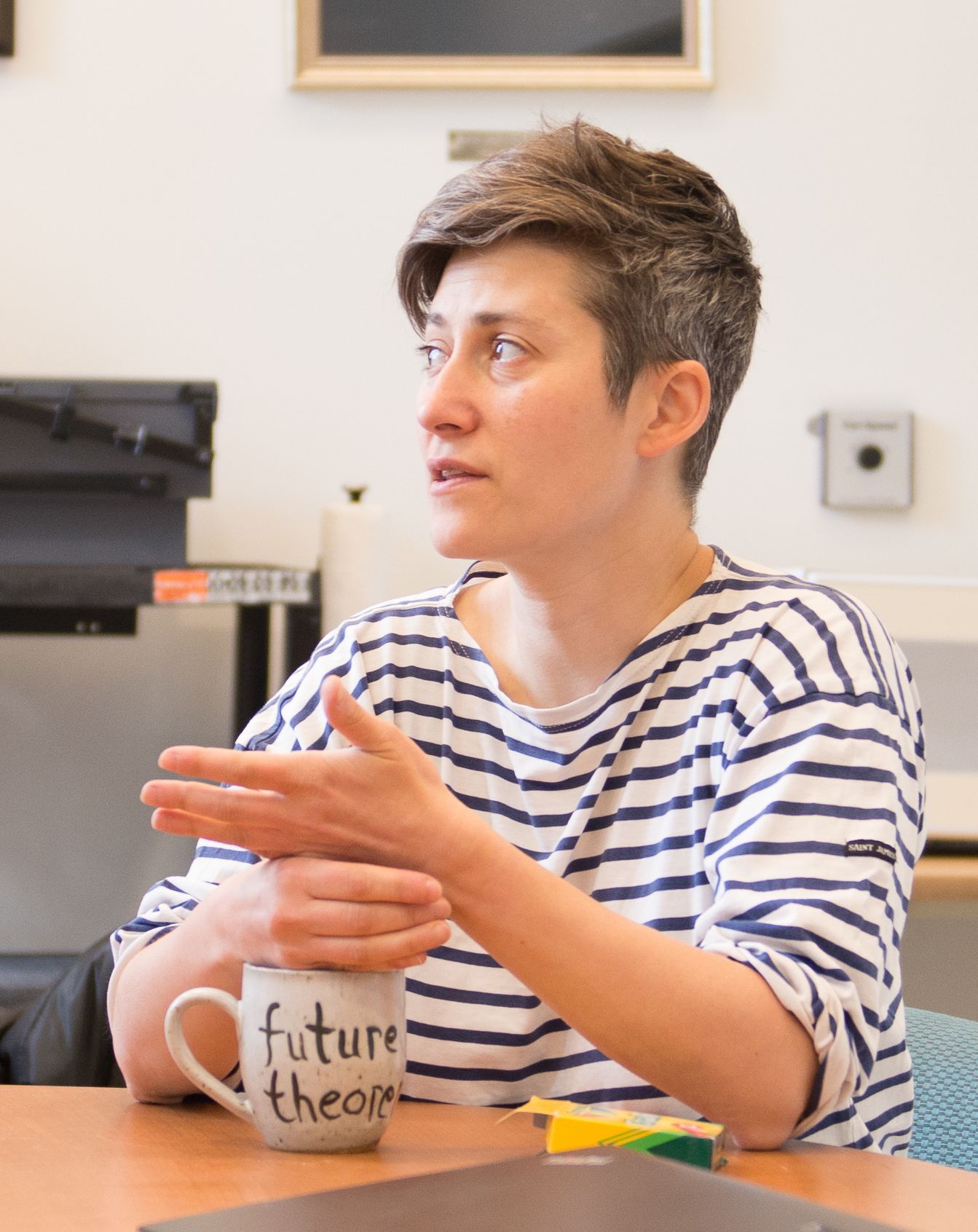The April 12 Loeb Lecture, entitled “Finding Fairness: What Does an Algorithm See?,” will highlight work by mathematicians at Washington University and beyond to detect and counteract gerrymandering.
In June 2019, the U.S. Supreme Court ruled that cases of partisan gerrymandering cannot be challenged in federal court. This landmark ruling means that when legislators of one party create a districting plan that favors that same party in elections, members of the other party — and voters disenfranchised by the map — have no legal recourse beyond hoping for changes in the state or federal legislature if state courts do not rule in their favor. The decision came at a critical time, as new districting plans have now been drawn in almost all states using the results of the 2020 census.

In her dissent, Justice Elena Kagan cited an amicus brief submitted by a nationwide collaboration of mathematicians that proposed a way to quantify gerrymandering. The mathematicians argued that with their method, based on well-established tools, “Courts can then reasonably infer the presence of intentional discrimination.” This month, one of the lead authors of the brief, Moon Duchin, will visit Washington University to give the 2022 Undergraduate Loeb Lecture in Mathematics.
Each year, the Loeb Lecture brings a distinguished mathematician to campus to give an accessible talk about a topic in mathematics. In her lecture on April 12, Duchin will explain how she and other researchers are using statistical tools to track gerrymandering, drawing on a case study of partisanship here in Missouri.
Duchin, a professor of mathematics at Tufts University, has also contributed reports, depositions, and testimony in several other states, including Wisconsin, North Carolina, South Carolina, Alabama, and Pennsylvania. She is a founder of the MGGG Redistricting Lab, a nonpartisan research organization that develops mathematical tools to understand gerrymandering and partners with civil rights organizations to protect voting rights. Ari Stern, associate professor of mathematics and statistics at Washington University, has collaborated with Duchin and MGGG since 2017 and was also an amicus curiae on the “Mathematicians’ Brief” cited by Kagan.
“As the earlier name of the lab, the Metric Geometry and Gerrymandering Group, suggests, we originally thought that geometry might be one of the keys to understanding gerrymandering,” said Stern. In the past, gerrymandered districts have often been notoriously funny-shaped, but without any math to quantify that notion, “funny-shaped” is a subjective criterion that can’t be evaluated in a court of law.
Stern joined up with MGGG to contribute to efforts to quantify the “funny-shapedness” of gerrymandered districts. “This was something I knew quite a bit about from some of my research on solving differential equations on domains with various shapes,” he said. Mary Barker, a PhD student in Mathematics and Statistics at WashU, also contributed to the development of the software used by MGGG.

But soon a complication emerged. It is possible to create gerrymandered districting plans without funny shapes, and it is easier than ever to do so using computers and randomization. “A gerrymanderer can simply generate thousands (or millions) of maps with nice-shaped districts, run simulated elections, and cherry-pick the ones that achieve the outcome they want,” Stern explained. “Therefore, the group's attention turned to statistical techniques that detect precisely this type of cherry-picking.” Geometry continued to play a crucial role, but rather than using it to study the shapes of districts, the group began building a “geometric engine” for randomly generating maps.
The Mathematicians’ Brief relies on statistical methods known as Markov chain Monte Carlo (MCMC). Stern likens MCMC to shuffling a deck of cards. Since there are 52 factorial (52*51*…*2*1) ways to arrange a deck of cards, one way to pick an arrangement would be to pick a number between 1 and 52 factorial. But 52 factorial “is such an enormous number that this is impossible,” said Stern. Instead, “we start with a particular arrangement of cards and shuffle them enough times that the cards are well mixed.”
Likewise, “the number of possible districting plans is also enormous, so we take a similar approach: start with a particular districting plan, then ‘shuffle’ it repeatedly — making sure, at each step, that the resulting plan meets the state's legal requirements.”
By repeating this procedure many times, the mathematicians generate a large set of districting plans meeting a given state’s legal requirements and study the demographic breakdowns that are more and less common. Using this set as a baseline, they can determine how typical a proposed or enacted districting plan is — if it’s an extreme outlier, this provides evidence of gerrymandering.
According to Stern, the MCMC approach offers the flexibility to study any aspect of a districting plan. “For example, it can be used with election data to detect partisan gerrymandering, demographic data to detect racial gerrymandering, etc.”
Much of the MGGG Lab’s current work centers on devising more efficient shuffling strategies. One such strategy studied by Duchin’s team is called “recombination.” In a recombination step, two adjacent districts are chosen at random to be merged and then divided again in a new configuration. After a few thousand iterations, this results in a random — but still valid — districting map, regardless of the starting configuration.
In addition to the lecture on gerrymandering, Duchin will give this year’s Loeb Research Lecture in Mathematics, entitled “You Can Hear the Shape of a Billiard Table,” about her recent research asking if it is possible to determine the shape of a polygon based only on the sequences of sides that can be struck by a billiard ball.
Duchin’s two lectures form this year’s Carol B. and Jerome T. Loeb Colloquium, an annual event established in 2001 as a general interest mathematics lecture series accessible to undergraduates. Carol Loeb is a mathematician who serves on the School of Medicine’s National Council and is a Life Member of the Washington University Danforth Circle Dean’s Level. Jerome Loeb, former chairman of the May Department Stores Co., died in 2004.




